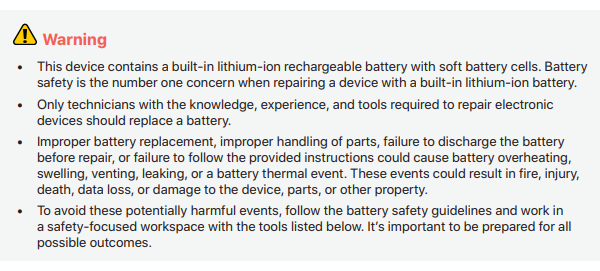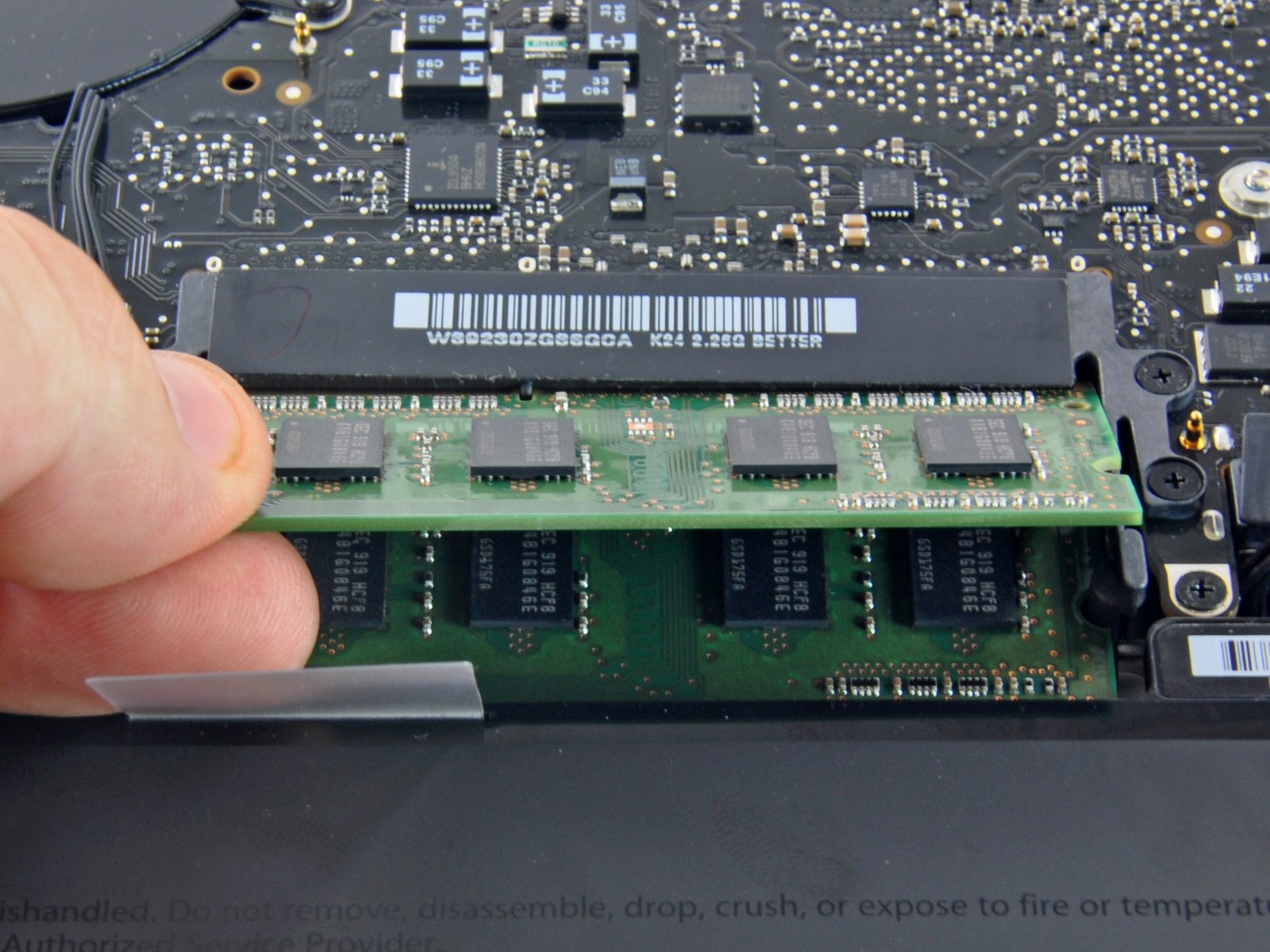Being part of iFixit is like having a front-row seat to the tech world’s magic and mayhem.
Sure, technology has come a long way in the 20 years since iFixit was born from the struggle of repairing a broken iBook. We tote around pocket-sized multi-core computers with touchscreens, utilize lightweight, high-performance laptops, and immerse ourselves in virtual worlds via OLED-specced VR headsets—a far cry from the Virtual Boy era.
But the flipside is that the always increasing complexity and miniaturization has led us to view tech gadgets as black boxes. Magnificent but mysterious. Tools to be used for productivity or entertainment, but things to be left sealed forever after leaving the factory floor.
Opening the Black Box
We make teardowns because we don’t believe your tech should be left unopened. If you really want to understand something, you have to take it apart. And when you understand something, chances are you will be able to fix it when it breaks. Exploration is the basis of self-reliance.

Manufacturers often discourage you from this exploration, be it with “warranty void” stickers, proprietary screws, or by withholding helpful repair information. And even if they give in and offer self-repair options, some repair manuals are littered with warnings that make it feel like something only a genius could figure out.
But the thing is: repair skills are something that builds over time, like a muscle. If you’ve already fixed some phones or a computer, it likely helps you understand how to repair other electronics. Dealing with appliance issues becomes less intimidating. Even if your repair experiences are not directly applicable, there’s a certain way of seeing and tinkering that comes with taking the leap to opening something you own.
I can remember the first time I opened my laptop to clean up some dust and upgrade both RAM and storage. It felt daunting, even though I’d gone through the guide several times at that point. Still, going through with the procedure felt exhilarating because it gave me a sense of accomplishment, along with a newfound understanding of a device that was a daily companion for almost a decade. Truly, a good repair can really make your day.
Fixing something produces a sense of child-like wonder that is hard to achieve as an adult. Children are curious, they want to know how things work, and they are not that intimidated by the potential of breaking something. Once you open yourself up to that feeling, you’ll realize it never really went away.

Everyone Can Repair
I’m not saying that warnings and cautions are without their merit. Working on any exposed system can cause damage or issues. That’s why our guides include these notes when and if they are warranted. Stabbing a battery, for example, is a really bad idea, especially when it is fully charged.
Still, the narrative of fear surrounding self-repair has been overly dramatized. The notion that our gadgets are too complex or delicate for user intervention underpins a culture of disposability—the opposite of self-reliance and sustainable thinking.
At iFixit, we champion the idea that with the right tools, parts, and guidance, anyone can roll up their sleeves and mend their tech treasures. This isn’t just about fixing what’s broken; it’s about reclaiming a sense of agency over the devices we own. The journey from apprehension to empowerment is filled with little victories, each repair a step towards the confidence and competence to improve the world for the better.
Making Good Use of What You Have
As Black Friday tempts us with shiny, new gadgets at “lower than ever” prices, there’s an opportunity to take a step back and give a nod to the sturdy tech pals we already have. They’ve been through software ups and downs, yet here they are, still kicking. With a little TLC, they’re ready to face many days of doom scrolling ahead.
Let’s change the narrative. This season, instead of adding to our tech arsenal, why not dive into the guts of our gadgets? It’s a chance to discover, learn, and come out the other side with a gadget that’s ready for round two. And who knows? The black boxes in your home might look just a little bit more transparent.





7 Yorum
I was overjoyed in 1990 to realize that I was capable of adding RAM to my first-ever computer, a Mac SE. Booyah!
Moeskido - Yanıt
Cheers, You can go pretty deep in the computer to modify it when you have the knowledge!
Ben Capehart -
We had it. Hello from USSR!
axet - Yanıt
Sepertinya menarik....
SondangJB - Yanıt
My iPhone 7+ stopped “hearing” and I’ve gone through all the simple fixes but when Google doesn’t hear and the recording utility doesn’t record and I can’t make or receive phone calls I have to conclude it’s a problem with the microphone.
It will play music so the speakers are OK.
Can’t seem to find a way to repair or replace the mic on YouTube or Ifixit.
I’ve done 4 battery replacements so I have some experience.
Charles Meyer - Yanıt